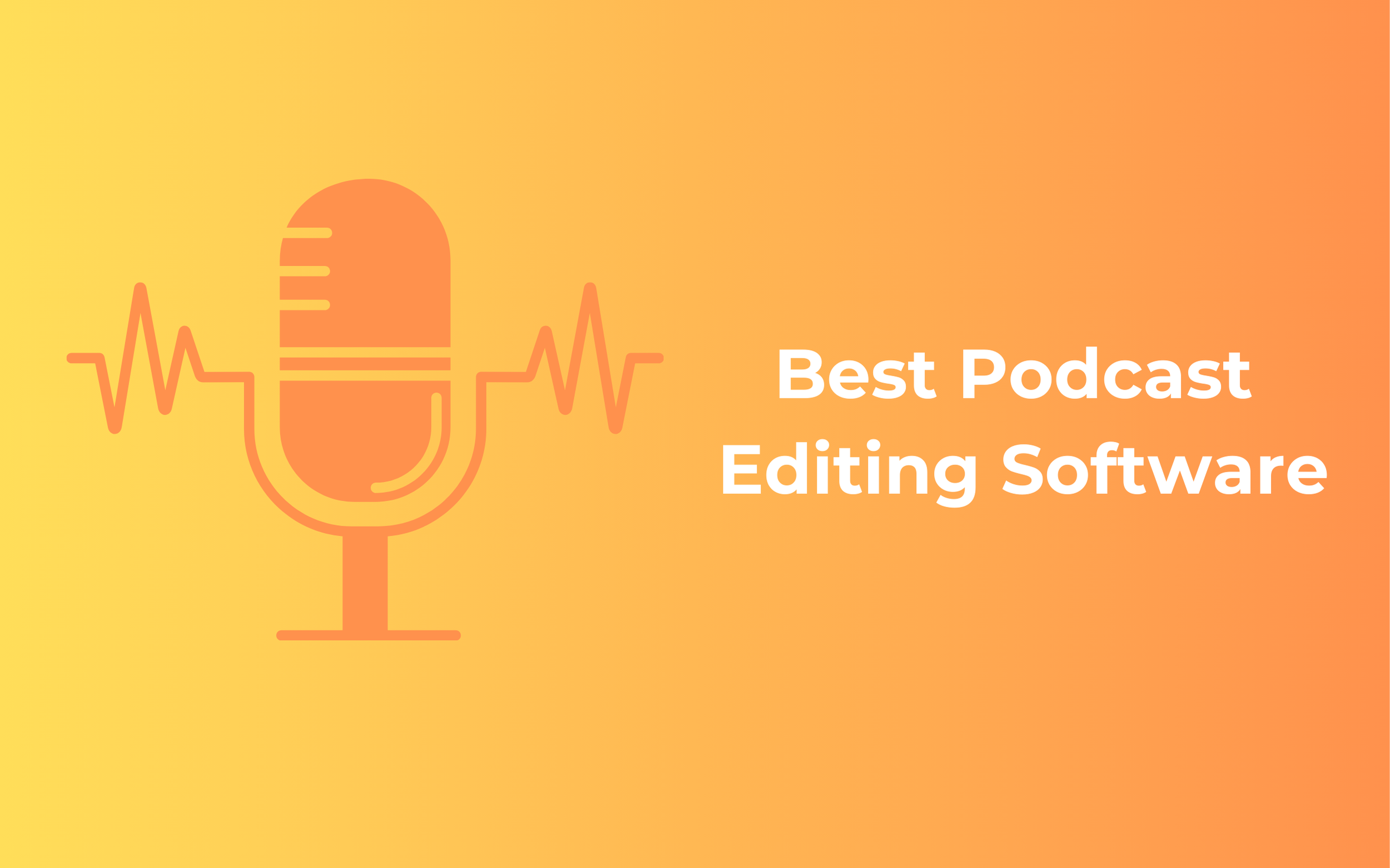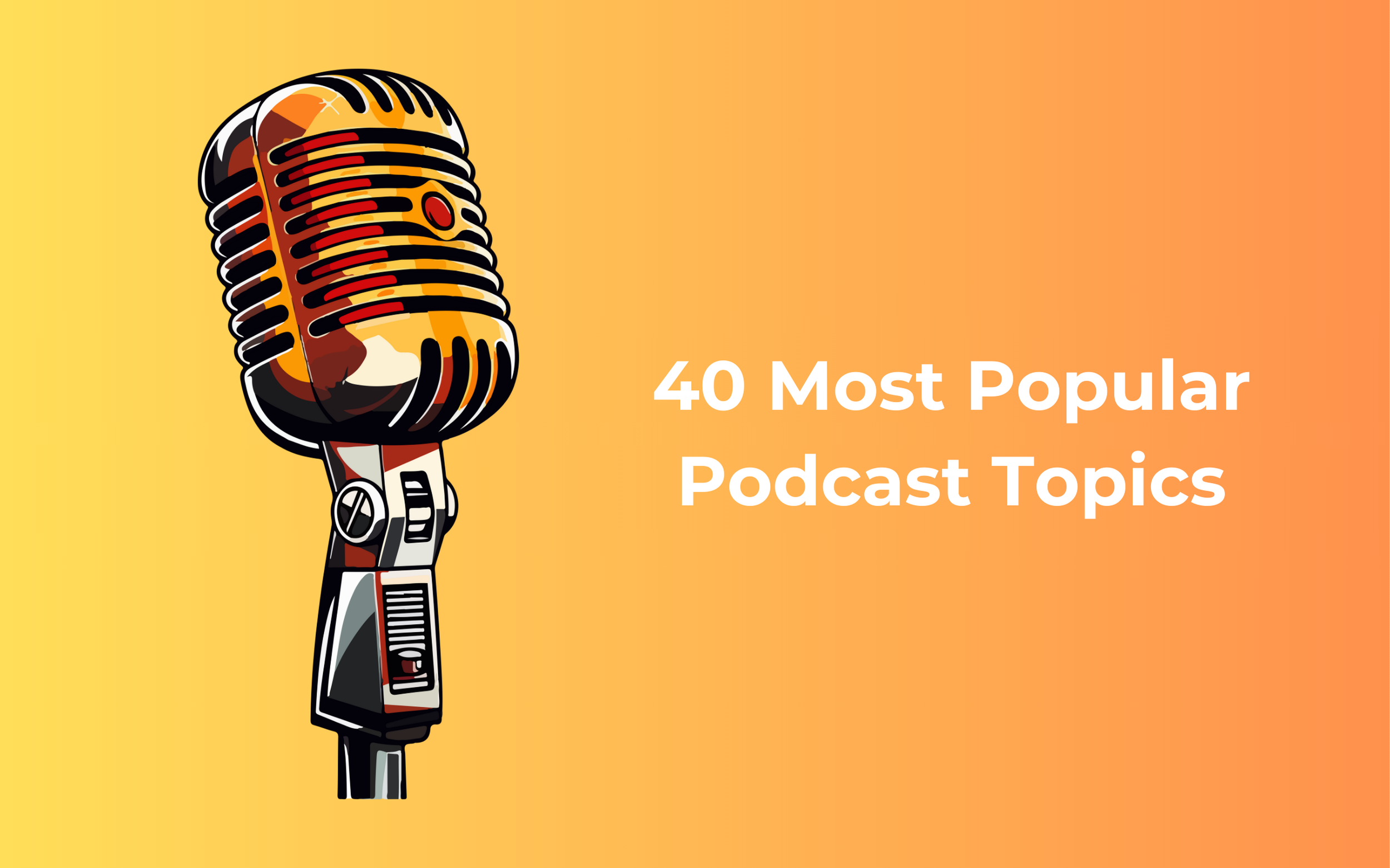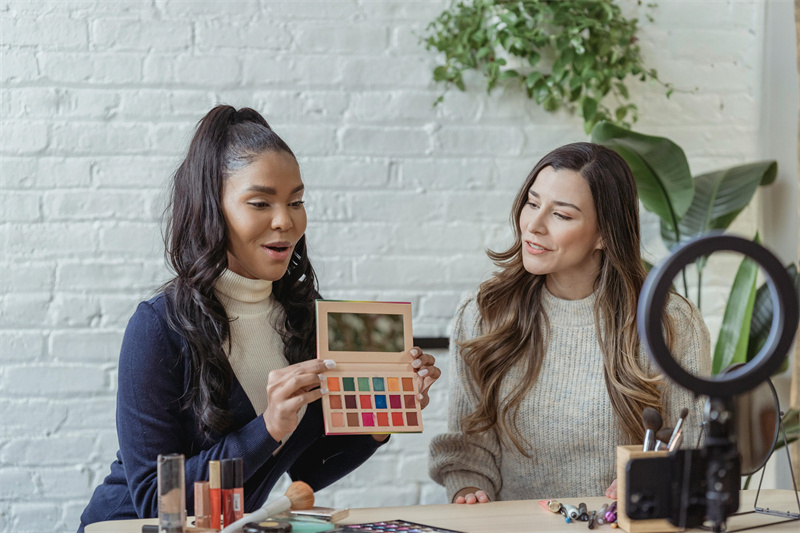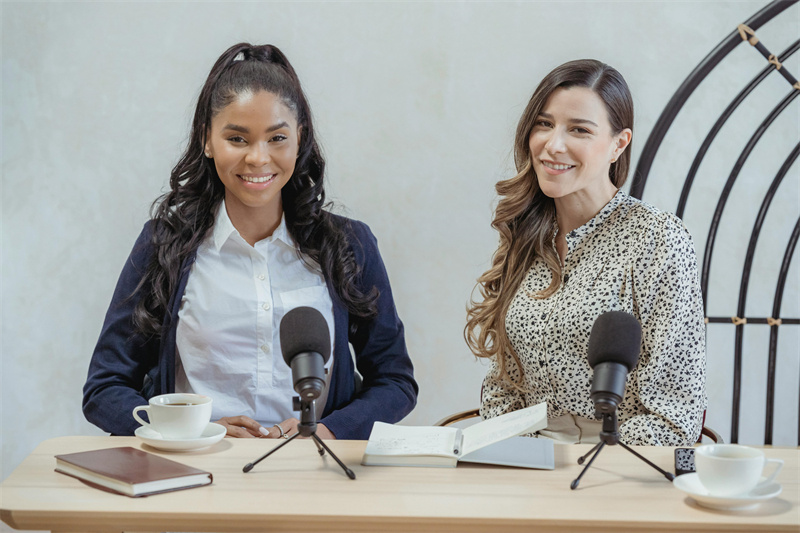The Best Podcast Equipment for Beginners 2025

Jumping into podcasting is simpler when you know which podcast equipment for beginners truly matters. A smooth first recording, low noise floor, and easy edit all come from owning a few thoughtful tools rather than a closet of gadgets. In this guide, you'll find what each item does, why you need it, and which current models give the best value to starters.
The Podcast Equipment for Beginners
This part explains how the best podcast equipment for beginners fits together as one working chain. By the end, you'll have a short checklist you can buy once and keep using as your audience grows.
1. Microphone

Sound quality begins here; no plug-in can "fix" a weak capture. When buyers ask about podcast mics for beginners, they want a mic that plugs in fast, handles less-than-perfect rooms, and keeps voices full and present.
Types of microphones:
- USB Microphones – plug straight into a laptop; ideal for the first show
- XLR Microphones – need an interface or mixer, but scale better for teams
- Dynamic Microphones – resist room echo, perfect for untreated spaces
- Condenser Microphones – pick up fine detail, best in quiet studios
Best podcast microphone for beginners:
- Samson Q2U – hybrid USB/XLR, handy mute switch, rugged metal shell
- Blue Yeti – four pickup patterns, on-body gain knob, desk stand included
- Shure MV7 – broadcast look, touch controls, USB/XLR for futureproofing
2. Pop Filter

Plosives, the sudden burst of air from "p" or "b" sounds, can distort even pricey mics. A pop filter, whether a mesh hoop or foam windscreen, diffuses that air before it reaches the capsule. It costs little, clamps on in seconds, and saves hours of repair work later. Treat it as non-negotiable in every beginner podcast setup.
3. Webcam or Camera (for video podcasts)
If you plan to share clips on YouTube or social reels, clear video is as valuable as sharp audio. For a podcast camera for beginners, the goal is simple operation, good color, and hands-free framing so you can focus on hosting.
Best Podcast Webcam for Beginners: OBSBOT Tiny 2
The OBSBOT Tiny 2 comes with a built-in gimbal and AI tracking that moves the lens to follow you around. For podcasters, that means you can stay focused on your conversation or content while the camera keeps you perfectly framed. It shoots smooth 4K video at 60 fps and still looks great even in low light, which is perfect if you're recording in a home studio. Plus, with voice and gesture controls, you won't need to interrupt your flow to adjust anything mid-recording.
Key Features:
- Large 1/1.5" sensor: Tiny 2 delivers clear, high-quality video — perfect for podcasters who want professional-looking footage without a full studio setup.
- AI-Powered Auto-Framing: Keeps you perfectly centered and in focus automatically, so you can concentrate on your podcast content instead of adjusting your camera angles.
- Dual built-in mics: For beginner podcasters without an external mic, this offers a reliable backup audio solution that reduces background noise and improves vocal clarity.
- Beauty mode: It can help you look fresh and camera-ready during livestream or video podcasts; it not only smooths your look in real time but also keeps things natural.
4. Headphones

Live monitoring catches clipping, hum, or guest noise before the mistake lands on the final file. Comfort and accuracy take priority over heavy bass.
How to Choose:
- Open-back vs. Closed-back – open feels airy but leaks sound; closed isolates and avoids bleed into the mic
- Wired vs. Wireless – wired means zero latency; wireless cleans up cables but needs charging
- Noise-cancelling vs. Passive – ANC hushes HVAC and city rumble; passive is lighter for long edits
- Over-ear vs. On-ear vs. In-ear – over-ear seals best and reduces fatigue
Best headphones for beginners:
- Audio-Technica ATH-M40x – flat response, durable build, replaceable pads
- Sony MDR-7506 – broadcast classic, folds small, lightweight cable
- Sennheiser HD 280 Pro – deep cushions, 32 dB isolation, robust clamp
5. Computer or Laptop

Your workstation glues the chain together. A mid-tier i5 or Ryzen 5 with 8 GB RAM handles two-track recording, basic plugins, and light video renders for a podcast setup for beginners.
Recommended software:
- Audacity – free, open-source, cross-platform
- GarageBand – free on Mac, quick learning curve
- Adobe Audition – subscription, detailed spectral tools
- Reaper – low cost, endless routing for later growth
- Descript – text-based editing, handy for clip highlights
6. Mixers

A podcast mixer for beginner-level mic feeds, adds EQ, and routes sound to guests with mix-minus so remote callers don't hear themselves back.
Recommended units:
| Model | Channels | Perks |
| Rode Rodecaster Pro II | 4 mic / USB / phone | Colour pads, onboard recorder |
| Zoom PodTrak P4 | 4 mic | Battery power, SD slot |
| Maonocaster AM100 | 2 mic | compact, colour faders |
All three send a summed USB feed straight to the software, so no patch cables are needed.
7. Audio Interfaces

If you pick an XLR mic, you'll need an interface. Look for low-noise preamps, direct monitoring, and simple knobs that won't confuse new hosts.
Top picks:
- Focusrite Scarlett Solo 4th Gen – one combo input, big gain halo, affordable
- SSL 2+ – two inputs, "4K" analog colour, MIDI ports for future instruments
- MOTU M2 – LCD metering, loopback for streaming, very low latency
FAQs about Podcast Equipment for Beginners
1. What equipment do you need for a beginner podcast?
At minimum: a USB mic, a pop filter, closed-back headphones, and a computer running free software. Add a webcam if you want video.
2. How much does a basic podcast setup cost?
A basic podcast setup typically costs between $100 and $500, depending on your goals and gear choices.
3. Do you need special equipment for a podcast?
Not special, just gear tuned for voice. A clear mic and real-time monitoring do more for quality than expensive lighting or décor.
4. Can you start a podcast without equipment?
A phone app will record, yet room echo and data compression hurt trust fast. Upgrading to even one best starter podcast equipment pieces, the mic, improves clarity immediately.
Conclusion
Building a show is easier once your podcast equipment for beginners list is short, clear, and tested. Start with a reliable mic, a confident monitoring chain, and software you enjoy. Add the OBSBOT Meet 2 or another camera only when you're ready for video. This lean stack is versatile, portable, and strong enough to serve well beyond episode one, giving you space to focus on what counts, telling great stories for your new audience.














